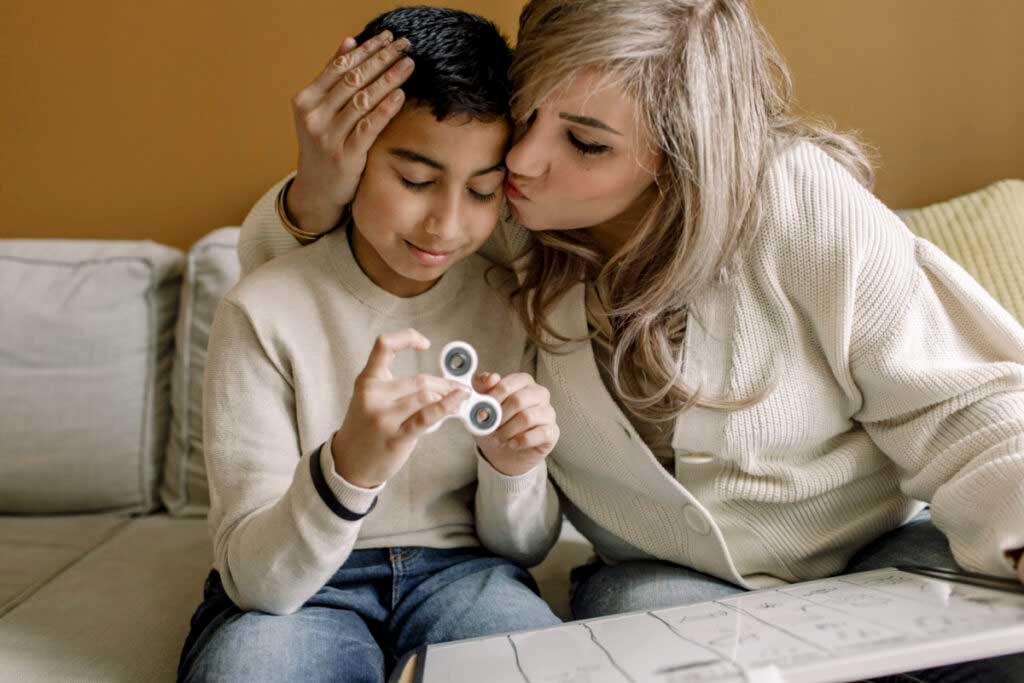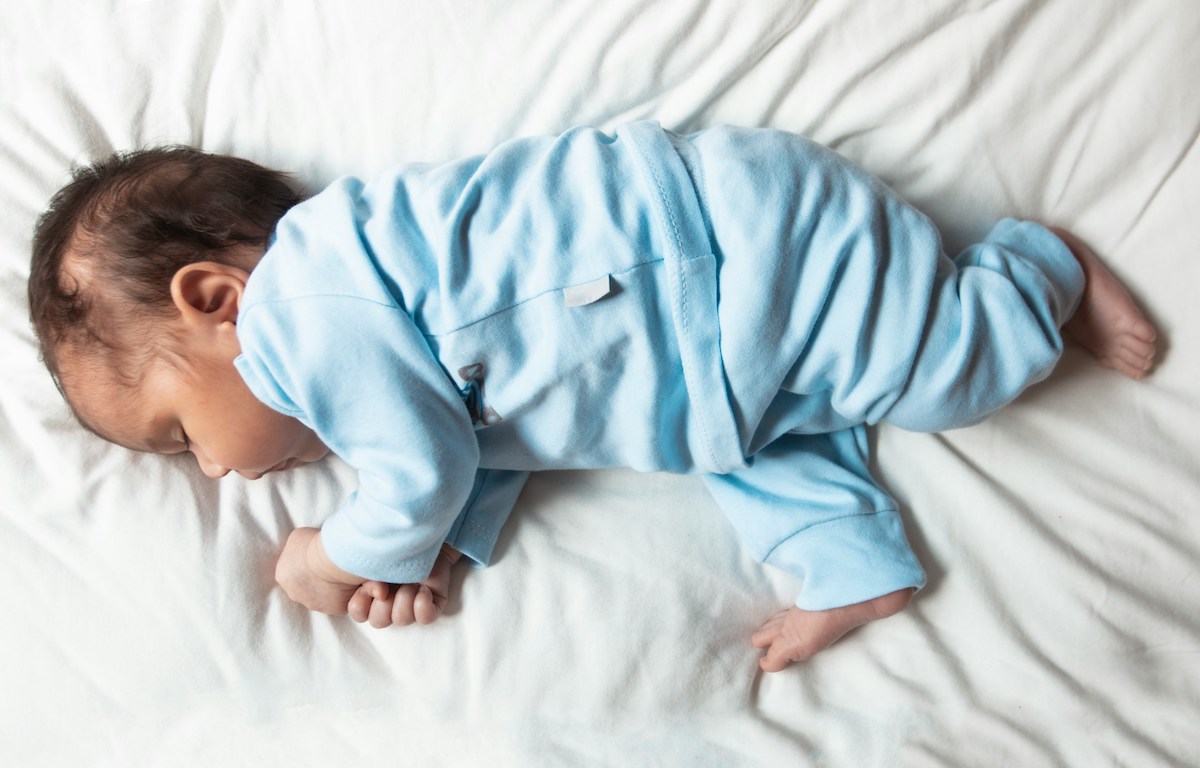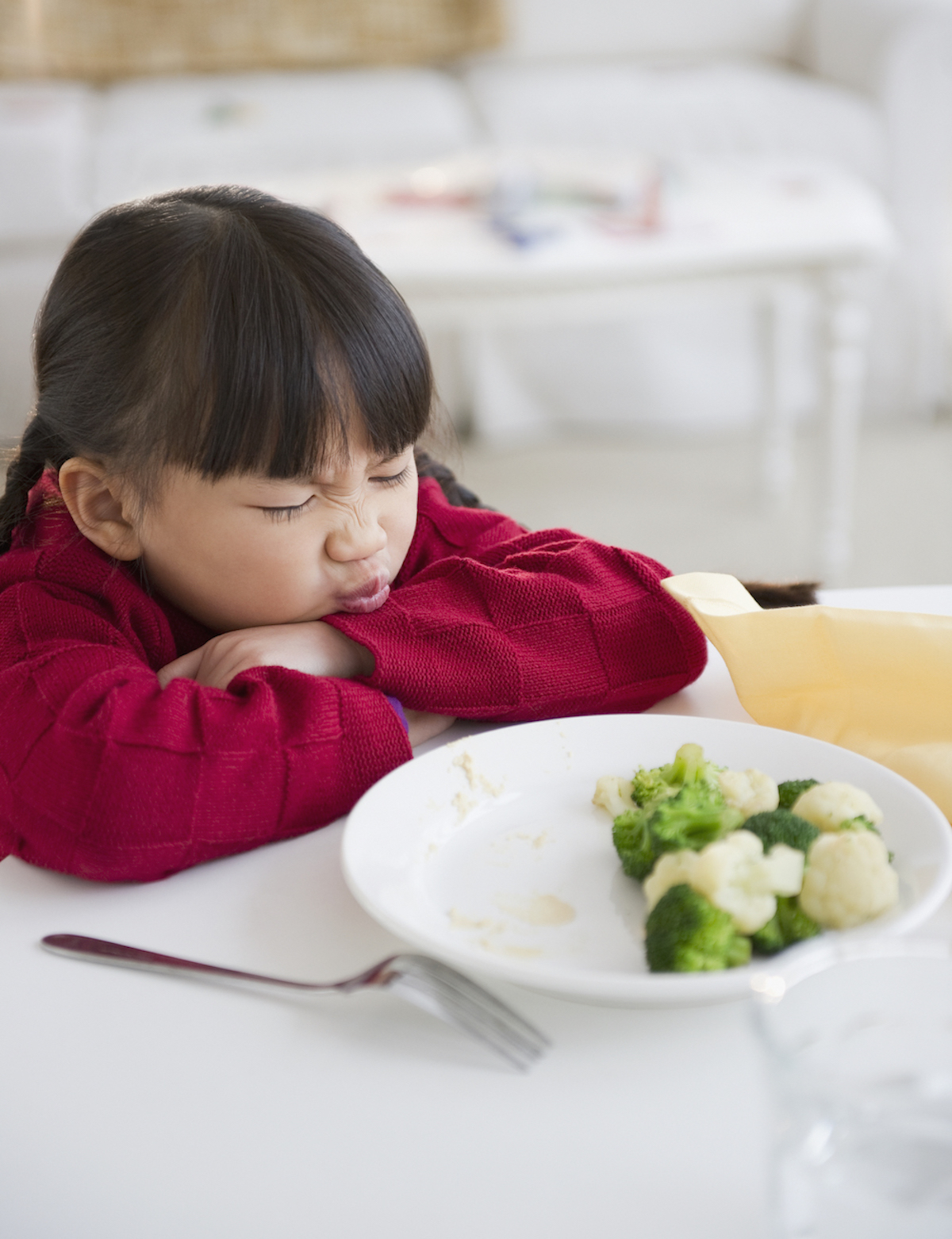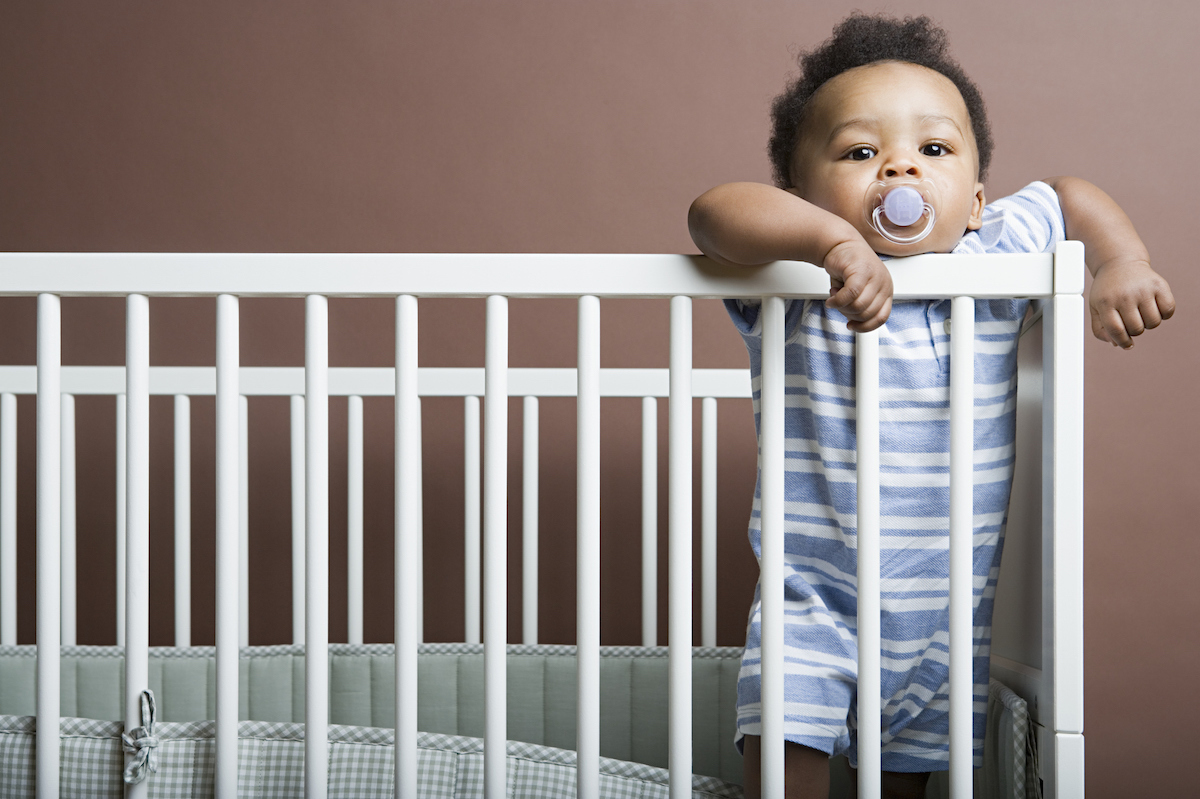My husband and I disagree about the importance of consistent routines for our 18-month-old daughter. He has ADHD, and is a self-described chaos monster who (as far as I can tell) has never followed a consistent routine. I am a creature of habit, and I think daily routines are important.
I’ve seen recommendations for routines in many parenting books, but I don’t know of any data that supports the assertion that consistent routines are good for children. Is there any research on this?
—Creature of Habit
“Creature of Habit and the Chaos Monster” sounds like an amazing children’s book title; please write it!
First thing to say: kids can thrive in many different family environments. There is a huge range of good, productive, happy parenting — from the quite rigid to the very loose. In your case, I can see some intra-household conflict about what you want (putting your child aside), but as to the issue of coming together on a level of routine that works for you, you’ve got flexibility.
There are two places, though, where data is more supportive of the value of consistency and, to some extent, routine.
The first is in discipline. The strongest evidence-based advice about children and discipline is that whatever approach you use, you need to use it consistently. There are many good approaches (physical punishment is not one of them, though many others can work well), but they all require a consistent application. Kids respond better if they can form expectations about consequences of behavior; it is stressful for a child if they have no idea how a caregiver will respond to their actions.
The second issue is sleep. Your kid needs to sleep. A lot. At night, and at naps. This will continue to be true! It is possible to get enough sleep without a routine, but, I’m being honest here, it is hard. So that may be one place where having a set routine is really important. The good news is that as your kid grows up and stops napping, you’ll only have the nighttime sleep to worry about.


















Log in